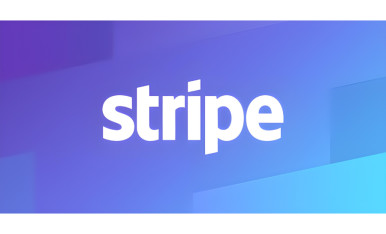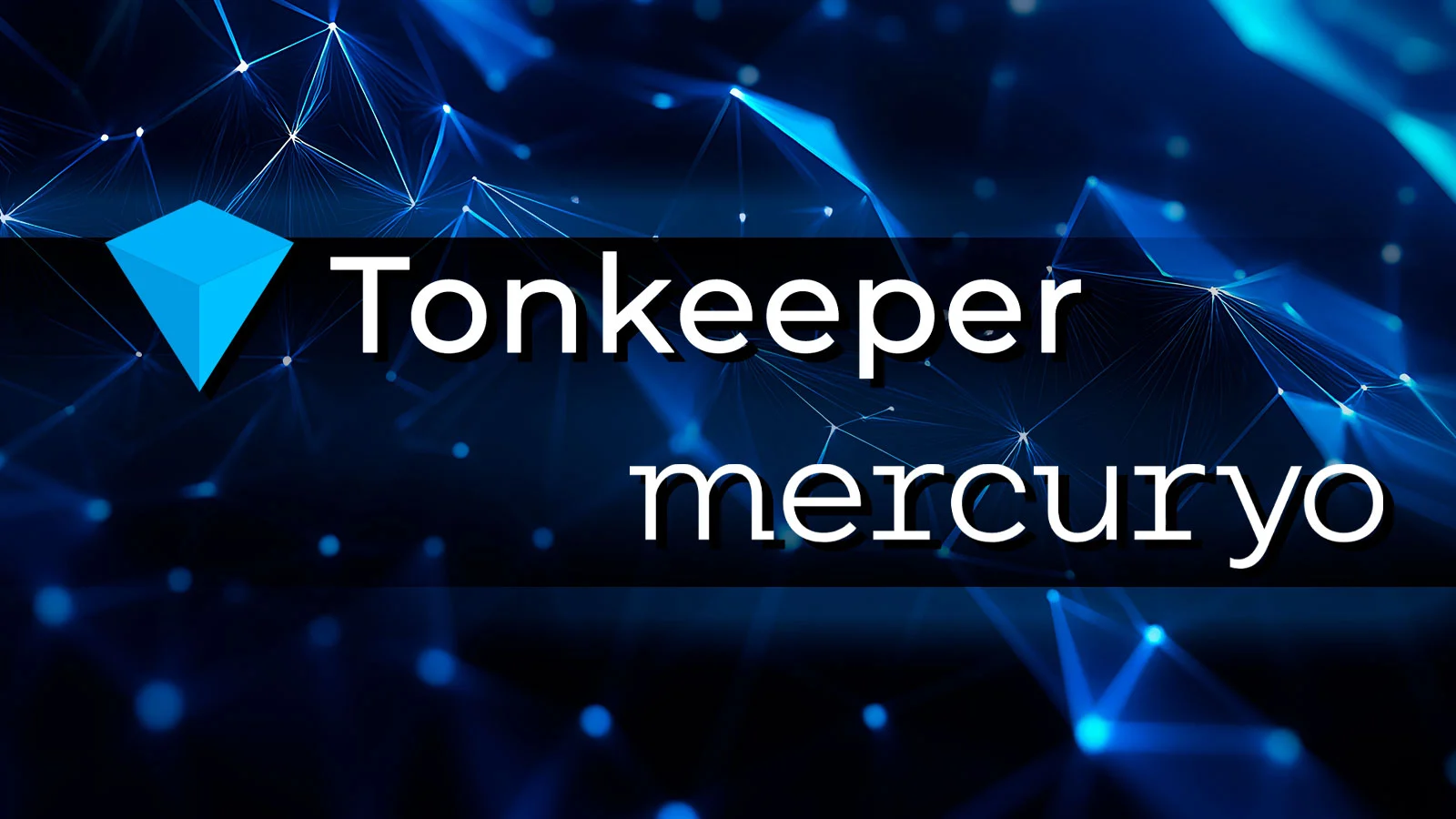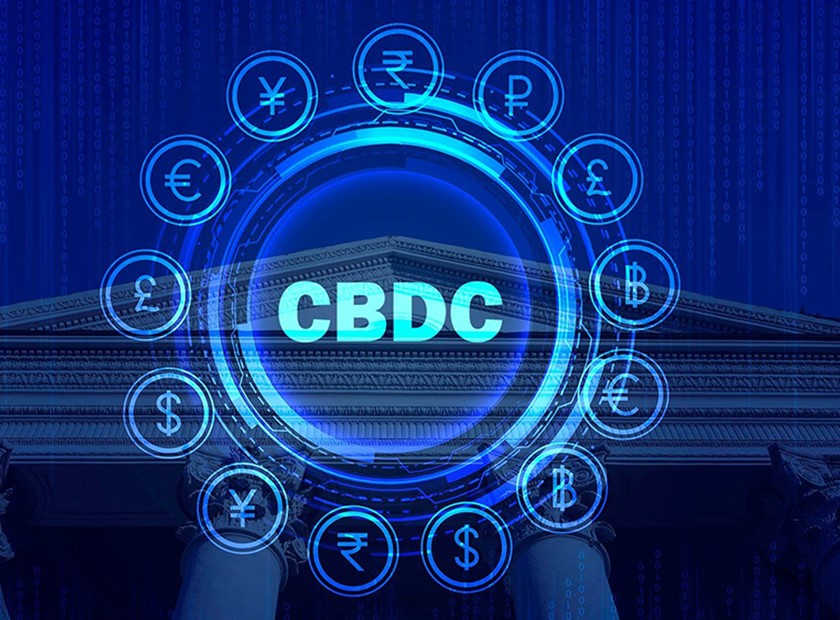Stripe has acquired Bridge, a startup that specializes in stablecoin payment infrastructure, for an estimated $1.1 billion. While the acquisition may appear modest on the surface, it has significant implications for the future of global payments.
Although Bridge’s current metrics, which some market participants estimate to be between $10-12 million, may elicit skepticism regarding the acquisition’s price, a more thorough examination reveals the strategic rationale behind the transaction and its potential to revolutionize the payments industry.
Bridge’s Strategic Value Proposition
Bridge’s strategic positioning at the intersection of traditional finance and crypto infrastructure appears to be the primary factor driving the acquisition, rather than its current financial performance. Bridge does not maintain an extensive portfolio of assets. It is rumored to maintain an account at Lead Bank, which has a total deposit balance of less than $1 billion. This is, of course, less than the acquisition cost.
Bridge’s primary product is an API that facilitates the seamless conversion of traditional fiat currencies to stablecoins, with a particular emphasis on “orchestration,” which involves the facilitation of intricate payment flows that involve multiple parties and currency types. This capability is particularly important when one considers the persistent pain point of global payment disbursement in the digital economy.
The Moat is Being Disrupted by Stablecoins
Stripe, a traditional payment service provider (PSP), has established its competitive advantages by addressing and consolidating intricate last-mile payment challenges, particularly in emergent markets. These infrastructure connections and relationships have established substantial barriers to entry, safeguarding incumbent PSPs from competition.
Nevertheless, the emergence of stablecoins poses a significant threat to this dynamic. Paying content creators in markets such as Nigeria presents a challenge due to the potential for traditional banking infrastructure to be either unreliable or of limited capacity.
By meticulously cultivating relationships with local financial institutions and payment networks, PSPs have historically resolved this issue. However, the Stablecoin infrastructure has the potential to circumvent these relationships entirely, providing a more direct and efficient payment rail.



